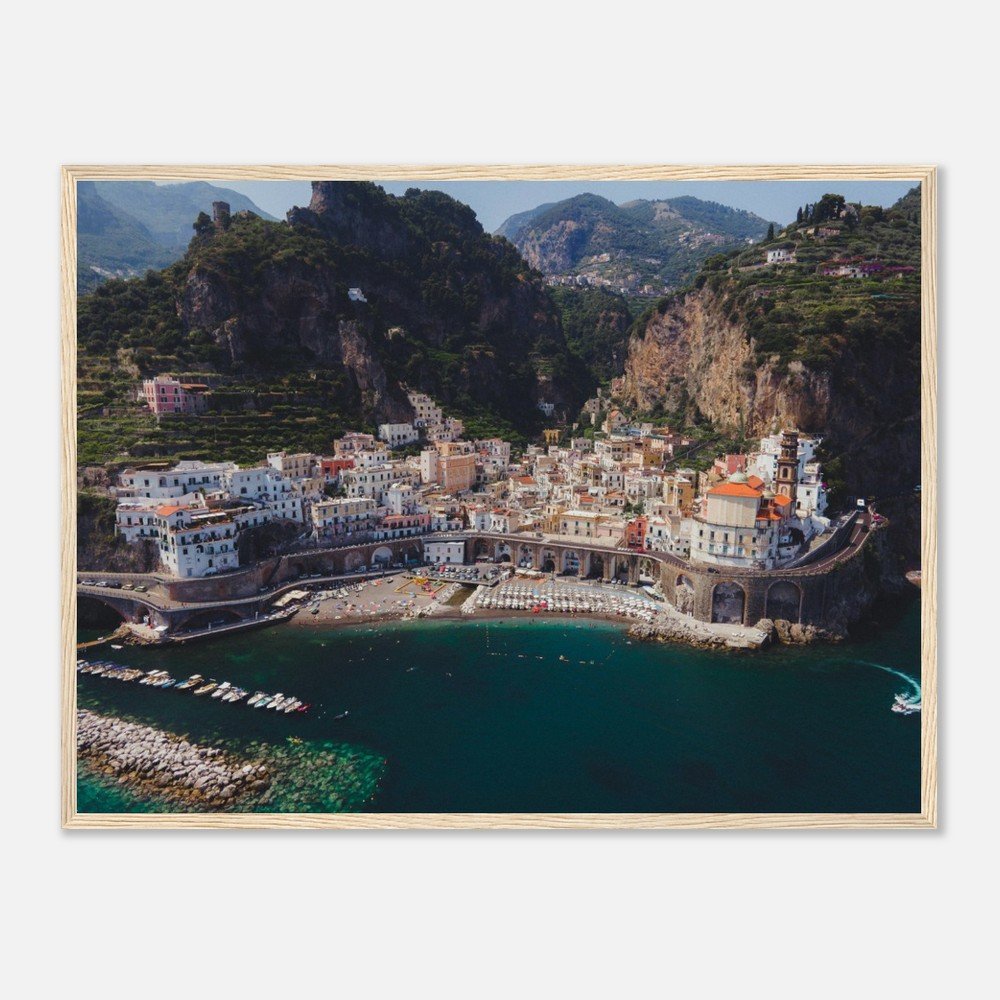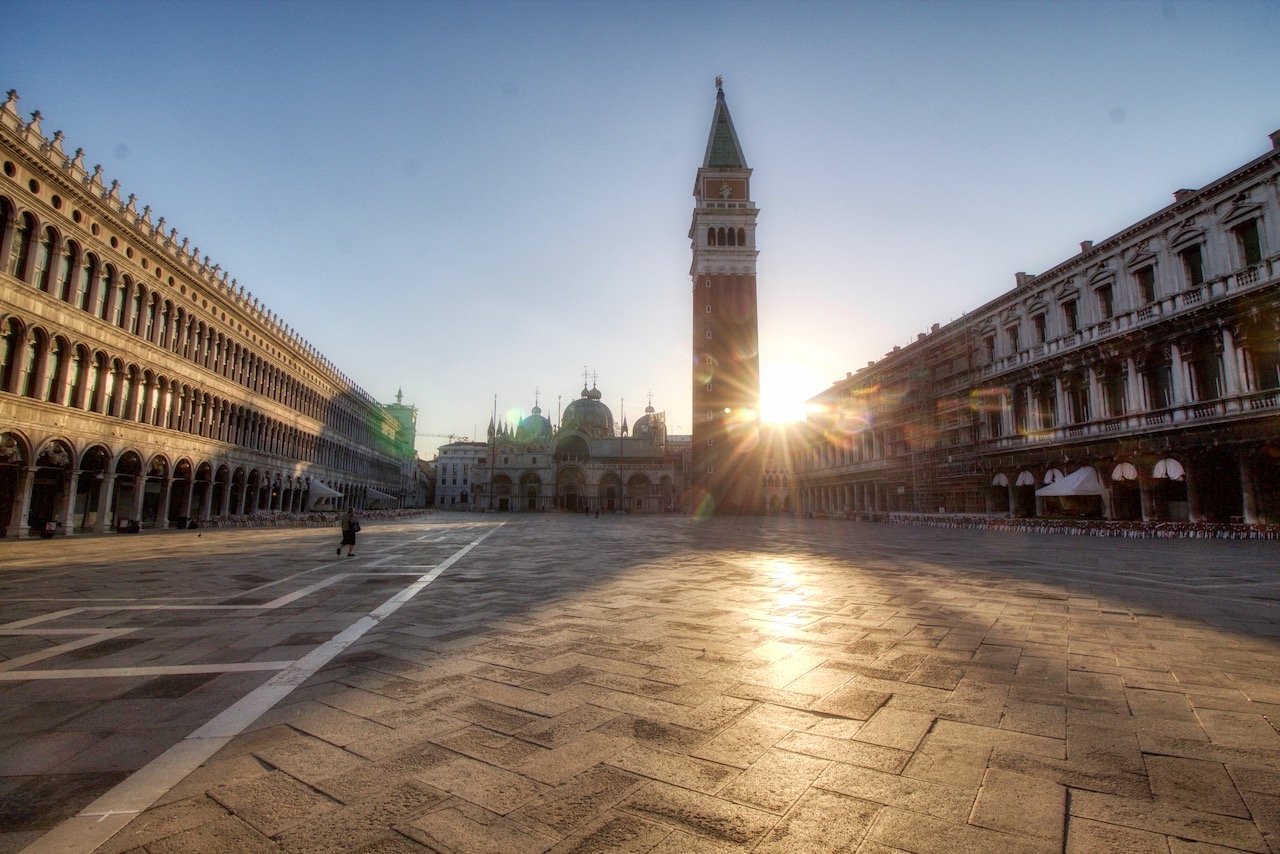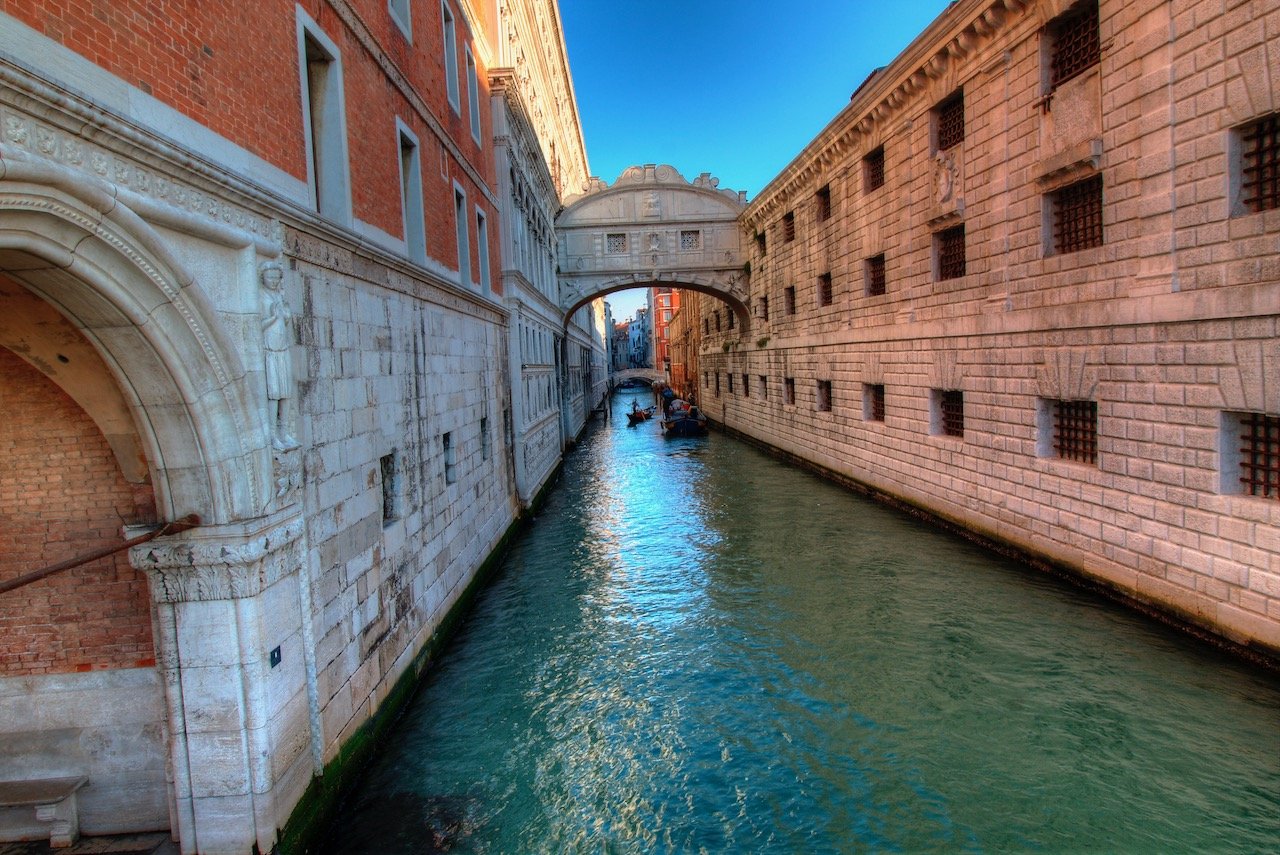A guide to getting lost in the canals of Venice
(Some links in this post are affiliate links. If you click through and take action, I'll be compensated.) If you are also interested in any PRINTS from any of my posts, be sure to check out my store where you can buy prints as posters, in metal/wooden frames or on canvas.
When one thinks of Venice, they usually think of Gondola rides, boats, art, great food, endless canals, or the opening scene in The Italian Job. Venice is all of these things and despite its small size, packs a punch with plenty of landmarks and attractions to explore. The city is starting to clamp down on overtourism, and rightfully so considering it experiences more foot traffic year by year that threatens the identity of the city. You can find a Google map of the places I will discuss at the end of this post.
Nonetheless, what is most exciting about Venice is that even though it is a small island that can be explored quickly, it possesses hidden gems in small alleyways throughout the entire lagoon.
If you like some of my photos that you have come across, just know that I have many prints showcasing a variety of landscapes available for purchase below! (Sold as Posters, Canvas, or in Metal-Frames and Wooden-Frames).
One such alleyway included our accommodation at Residenza Maddalena which was affordable and in a great location. From here, you can venture in any direction you like but the main squares and sites are in the south of Venice.
Furthermore, it is my opinion that to really get the most enjoyment out of the usual attractions, it’s best to go in the mornings since overcrowding may detract from the spectacle of the city.
Start your day off with some refreshing gelato from Antica Gelateria del Corso and head towards the Grand Canal. The Rialto Bridge is one of the four bridges that span the Grand Canal in Venice and arguably the most popular and connects the districts of San Marco and San Polo. It is best enjoyed in the early morning or late evening when traffic is at a minimum. Here you can get a great view of the boats passing by and gondola rides being taken.
From here you can go further south and see many attractions like the Doge Palace, Bridge of Sighs, Saint Mark’s Square, Basilica, and Campanile. The Piazzo of San Marco is massive and a popular meeting spot.
To get a sense of the scale of it, it’s best viewed from above from the top of the Campanile. This 100 meter tall towards delivers the absolute best views of the nearby landmarks of this Venetian lagoon.
Its primary purpose was to protect the city by sighting incoming ships and to guide friendly ships into the harbor.
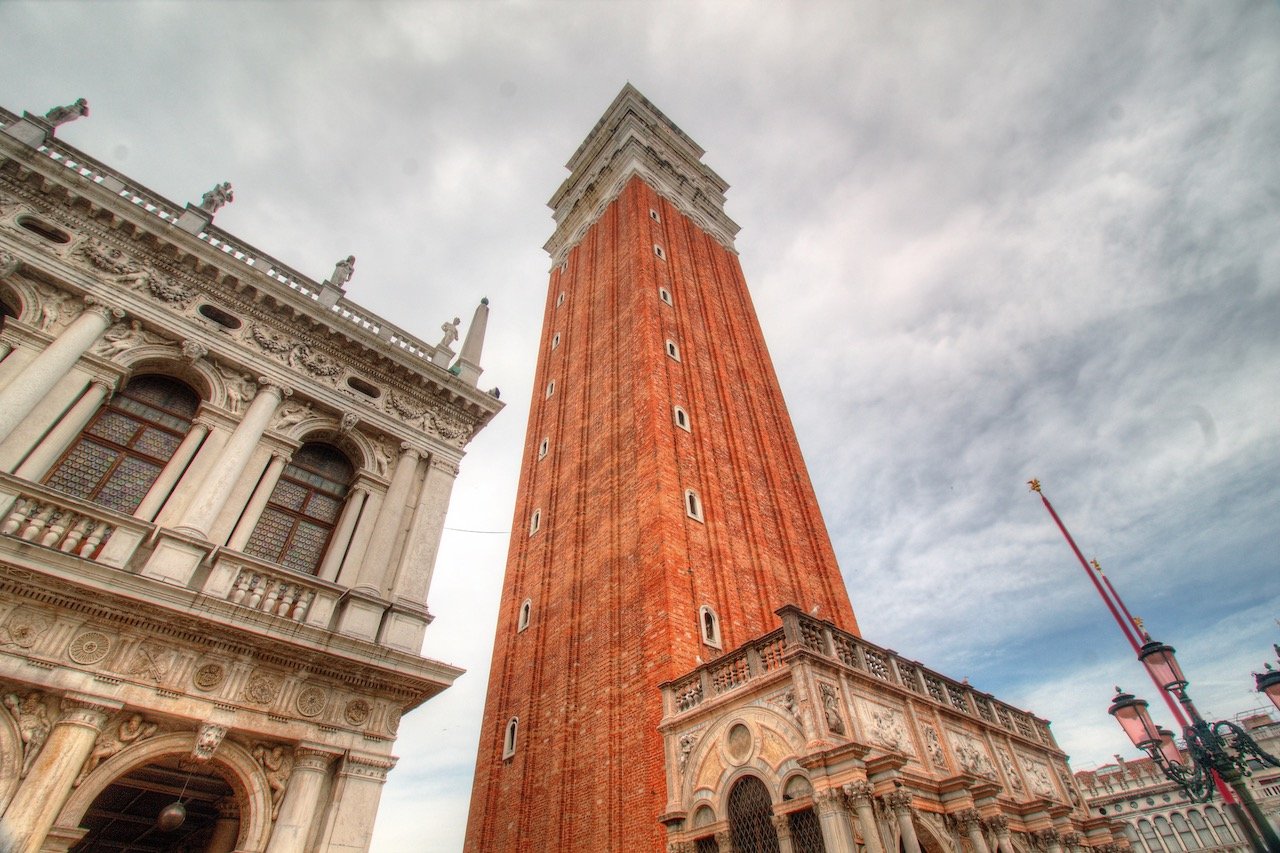
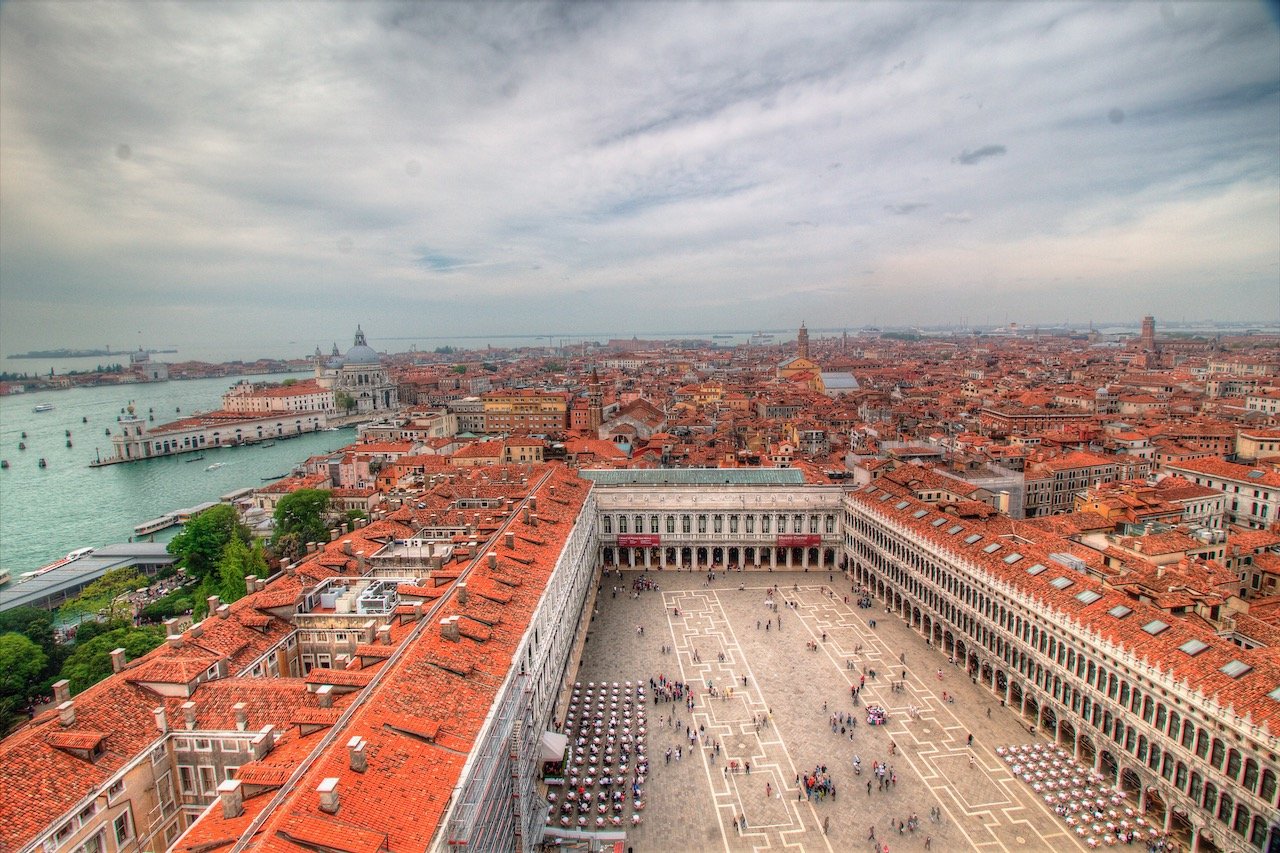
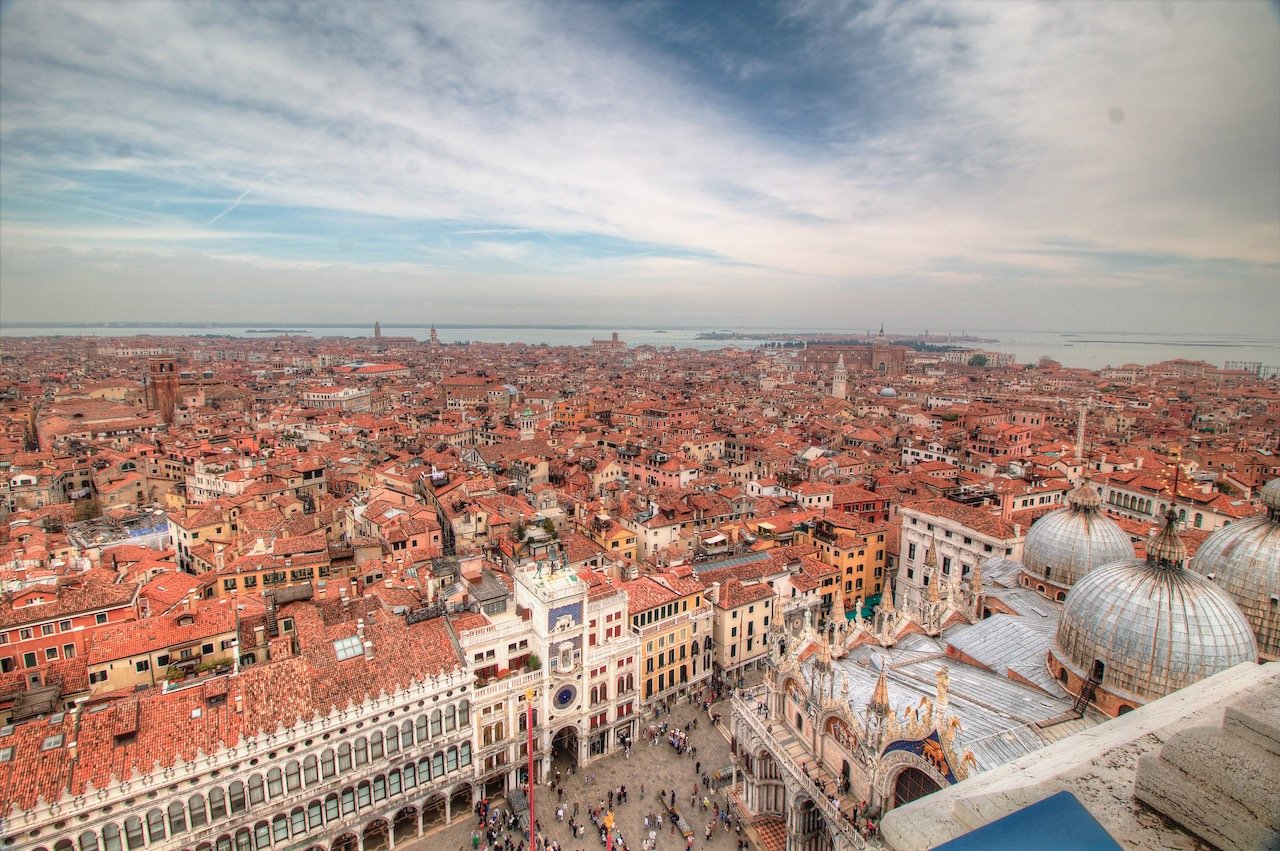
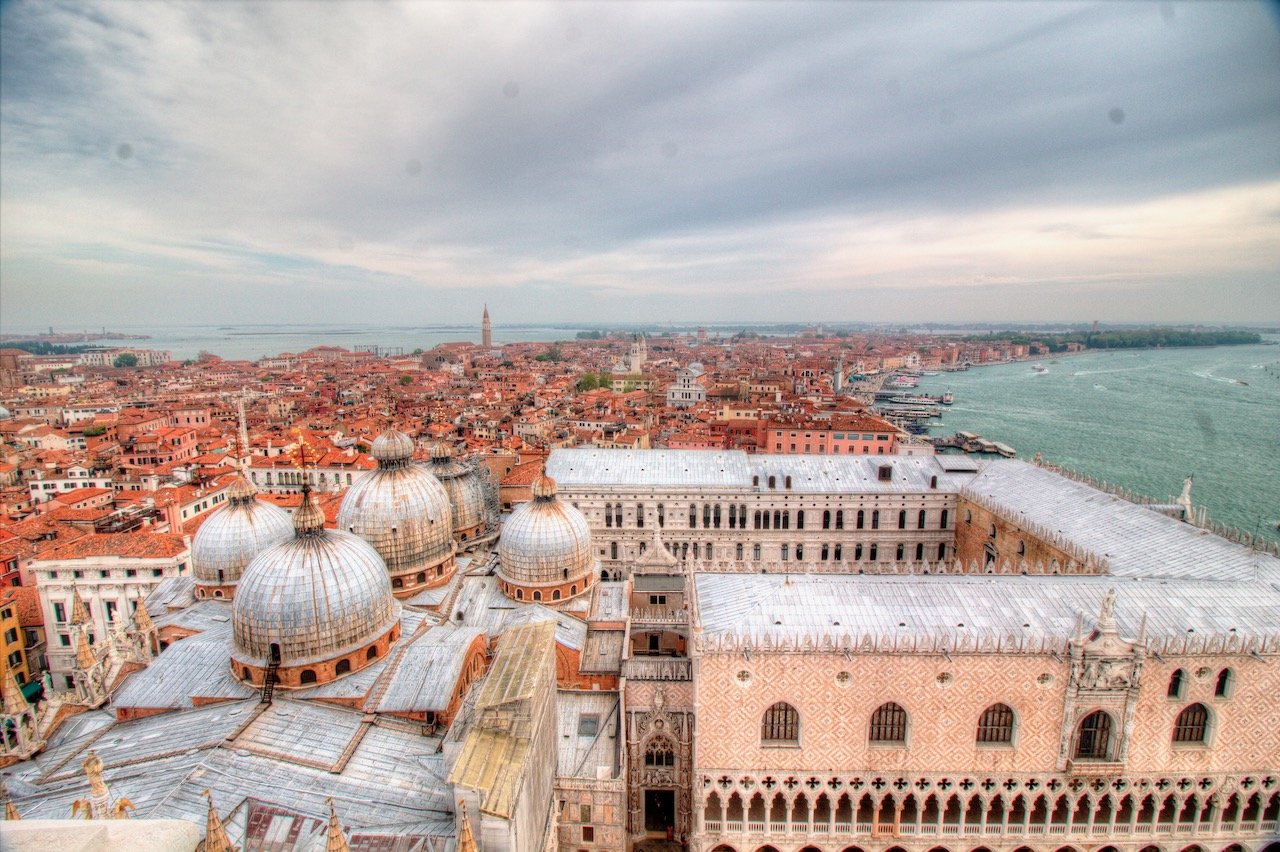
Across from the Campanile is Saint Mark's Basilica, which is free to visit (the museum inside is not free) and is worth a visit. The church is an example of Italo-Byzantine architecture and dates all the way back to the 11th century.
The Bridge of Sighs unfortunately cannot be viewed from the top of the Campanile but along the coastline. The baroque style bridge is made of white limestone and connects the Doge Palace to a prison.
The names comes from how prisoners would sigh and complain upon being led into the prison from the court as it was their last view of freedom while passing by its windows to the outside.
That's the story...who knows if it's true.
The Doge’s Palace is currently a museum, but was used as an old prison, apartments, and institutional chambers in its heyday (Book your tickets here).
From here, you can make your way through the small streets until you come upon the Ponte dell’Accademia (Academia Bridge), the last of the four bridges that span the Grand Canal. Here you will find one of the most picturesque views of Venice, though my preference is to capture the scene at sunrise.
Not too far away on the edge of the peninsula is the Basilica di Santa Maria dell Salute, a Roman Catholic church. The Basilica itself was built as a dedication to ‘Our Lady of Health’, as the city had suffered a devastating outbreak of the Black Plague. The relics inside bear reference to this time in history.
From here, there are many more places you can explore in Venice. If you have time, be sure to check out the neighboring islands of:
Lido - an 11 kilometer long barrier island to the lagoon, which is home to the Venice Film Festival and was formerly used in a defensive military capacity.
Murano - actually a series of islands linked by bridges located 1.5 kilometers north of Venice. Its reputation was established by the quality of glassmaking that took place on the islands.
Burano - is a must see! It is probably the most colorful Italian island/area (though Cinque Terre also has this honor) that you can encounter. Local residents must petition the local government to paint the outside facade of their homes and the ruling body will get back to them with which colors they can choose from.


